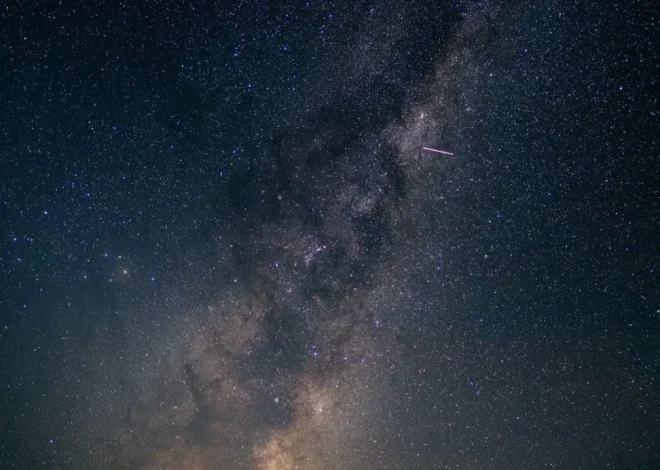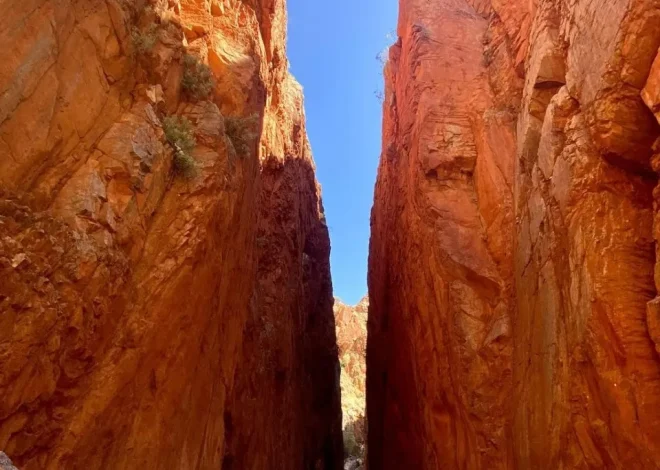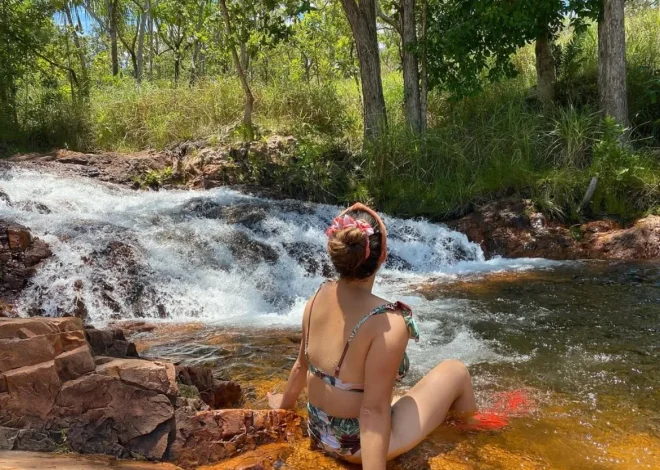
Discover Uluru’s Splendor: A Cultural and Natural Guide to Australia’s Red Centre
Uluru, also known as Ayers Rock, is a massive sandstone monolith in the heart of the Northern Territory’s arid “”Red Centre”” and stands as a proud guardian of ancient Aboriginal culture and history. This impressive geological feature is more than just a sight to behold; it’s a spiritual and cultural landmark for Indigenous Australians. Known for its surreal appearance and its ability to change color during sunrise and sunset, Uluru captures the heart of every visitor. In this article, we’ll dive into what makes Uluru truly special, from its natural wonders to the profound cultural ties it holds. If you’re planning an Outback adventure, a 3 day Uluru tour is an immersive experience not to be missed.
Unveiling the Mysteries of Uluru

Rooted deeply in the Australian Outback, Uluru’s striking red hue and monumental presence have been a source of wonder and intrigue for centuries. Uluru is considered one of the great wonders of the natural world and holds great cultural significance for the Anangu people, the traditional landowners, who see it as a living cultural landscape. As tourists from around the globe flock to witness its splendor, they are also welcomed to embrace the stories and spiritual essence that imbue this stone with life. Discover the intangible allure and timeless myths wrapped within this ancient monolith.
The Geological Marvel of Uluru
Crafted over millennia by the forces of nature, Uluru is an iconic symbol of Australia’s rugged terrain. Estimated to be around 550 million years old, the rock’s formation has come from the slow erosion of the original mountain range, giving it its smooth, steep sides and distinctive oval shape. The monolith also plays a mesmerizing visual symphony of colors, most notably at dawn and dusk when the iron content of the stone reflects the sun’s rays, casting vibrant reds and oranges that create a spellbinding effect. These changing colors serve as a natural calendar, signaling the sacred times for local Indigenous rituals.
The Flora and Fauna of Uluru’s Surrounds
Despite its desert-like surroundings, Uluru-Kata Tjuta National Park boasts a surprising diversity of life. The park, which lies in the semi-arid zone, has a range of habitats, including watercourses, sand dunes, and grasslands. This diversity sustains an array of plant and animal species, many of which are endemic to this part of Australia. Below is a list of some notable flora and fauna tourists might encounter during their 3 day Uluru tour.
- Flora:Depending on the season, you might notice wildflowers such as the striking red desert pea or the bush tomato gracing the landscape.
- Fauna:From the iconic red kangaroo to the shy thorny devil lizard, the wildlife in the area is as diverse as it is adaptive.
Indigenous Ties and Cultural Practices
The Anangu people have lived in and around Uluru for tens of thousands of years, and their connection to the land is deeply spiritual. Uluru is a place of lore, ceremony, and knowledge, with each cave, waterhole, and marking having a story to tell. Visitors can experience this profound cultural heritage through guided tours that offer a glimpse into the ancient practices and stories that define the Anangu’s existence and their bond with the land.
The Visitor Experience: What to Expect at Uluru
For those planning to undertake a 3 day Uluru tour, the experience promises to be both breathtaking and enlightening. To ensure a respectful and memorable visit, it’s important to understand both the seasonal behaviors of the park and the cultural protocols to observe. The table below provides useful information for future visitors.
| Season | Weather | Visitation Tips |
|---|---|---|
| Summer (Dec-Feb) | Very hot | Avoid midday heat, stay hydrated |
| Autumn (Mar-May) | Mild | Ideal time for walks |
| Winter (Jun-Aug) | Cool to cold | Prepare for chilly mornings and nights |
| Spring (Sep-Nov) | Warming up | Enjoy the vibrant wildflowers |
Preserving the Majesty of Uluru for Future Generations
As one of the world’s natural treasures, it’s imperative that Uluru is preserved for future generations to experience and respect. Conservation efforts are continuously undertaken by park managers alongside the Anangu people. As visitors, respecting the ban on climbing, sticking to designated paths, and participating in educational tours are just a few ways everyone can contribute to preserving Uluru’s sacred beauty.
Making the Journey to Australia’s Iconic Landmark
Embarking on a 3 day Uluru tour is a journey into the heart of Australia’s intrigue. Not only does it offer you a chance to witness the spectacular Uluru itself, but it also opens up the opportunity to explore nearby natural wonders such as Kata Tjuta and the lush waterholes of Kings Canyon. Here we provide two invaluable lists serving both essential travel tips and recommended nearby attractions to enrich your Outback adventure.
Essential Travel Tips:
- Book your accommodation well in advance, especially during peak seasons.
- Respect Indigenous customs by avoiding photography of certain sites.
Nearby Attractions:
- Kata Tjuta (The Olgas): A group of large, ancient rock formations about 30 kilometers from Uluru.
- Kings Canyon: Renowned for its high walls, vast panoramic views, and lush forests.
Conclusion
Uluru stands not merely as a physical landmark but as an enduring symbol of Australia’s natural and cultural heritage. It teaches the value of respecting ancient traditions and the natural environment. By undertaking a 3 day Uluru tour, visitors bear witness to one of the planet’s most inspiring natural wonders while gaining a tangible link to the spiritual pulse of the Australian continent. Every trek to this iconic monolith is an invitation to embrace a reverence for nature and a deeper understanding of humanity’s place within it.
FAQs
1. Why can’t visitors climb Uluru anymore?
As of October 2019, climbing Uluru is prohibited. This closure respects the Anangu’s wishes, for whom the site is sacred, and also addresses environmental concerns and tourist safety.
2. How old is Uluru?
Geologists estimate that Uluru is approximately 550 million years old, forming its distinctive sandstone shape around 300 million years ago.
3. What’s the best time of day to see Uluru?
The best times to view Uluru are during sunrise and sunset when its colors transition most dramatically.
4. Are there any entry fees for Uluru-Kata Tjuta National Park?
Yes, there is an entry fee for the national park, which contributes to conservation and supports the Indigenous community.
5. Can I learn about Indigenous culture during my visit to Uluru?
Absolutely, various cultural centers and guided tours offer insights into the traditional cultures of the Anangu people.


